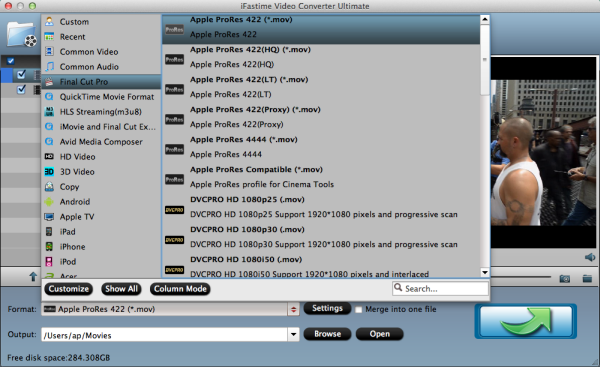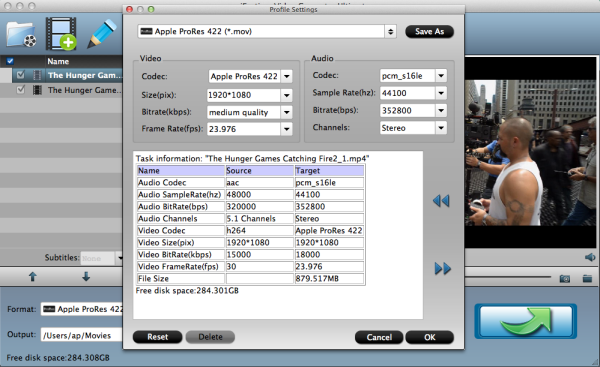Virtual reality is almost upon us. And no, this isn't the heavy, constrictive, poorly animated VR you might remember from the early '90s. These modern entries into the VR space are lighter and faster, and pump out the sort of fantastical 3D worlds our younger selves always dreamed of experiencing.
While some of these devices are expected to show up by the end of the year, most won't be arriving until the start of 2016. But we've had a chance to try them all. Here's the current state of the headsets (and more) that are competing for a chance to change the way we see the world.
HTC Vive
Release date: Later this year
The Vive is a blend of HTC hardware and Valve technology, an unlikely partnership that has produced one of the most exciting virtual-reality demonstrations yet. Arriving later this year in "limited quantities," the to track your position in a room. It won't be the only Valve-powered VR headset, but models from different partners have yet to rear their heads. Expect to see plenty more of the
HTC Vive in 2016, when the device will be available to more folks.
Oculus Rift
Release date: First quarter, 2016
Oculus' vision of virtual reality has been in the works for years and is arguably the best-known example of what VR technology can do. While we've gotten a glimpse of the final version of the headset and have been told a tentative release date -- the first quarter of 2016 -- there's still no word on a price.
Oculus will also work with Microsoft's Xbox One console.
The Rift will ship with an Xbox One controller and a camera that'll track your body's movements. You'll be able to stream Xbox One games to the Rift as long as it's connected to a PC running Windows 10. Oculus has also developed a pair of touch controllers, dubbed Oculus Touch, that offer a more tactile approach to gaming in virtual worlds.
Sony PlayStation VR
Release date: 2016
Sony's foray into virtual reality comes in the form of a slick headset with a 5.7-inch OLED display and a 1,920x1,080-pixel resolution. Originally known as Project Morpheus,
PlayStation VR will connect to Sony's PlayStation 4. PlayStation Move controllers and the PlayStation Camera control the action, though you can also use the PlayStation 4's DualShock 4 controller. We've had a few opportunities to take PlayStation VR for a test drive, but the most crucial details are still a mystery: there's no word on price or availability. One thing we can tell you is that we should see this headset come to fruition sometime in 2016.
Samsung Gear VR
Release date: November 2015
If you want to experience virtual reality sooner rather than later, you'll be interested in the
Samsung Gear VR. The only catch? This $99 headset is limited to folks who own a newer Samsung phone. It'll work with the Galaxy S6 and Galaxy S6 Edge, and also the larger Galaxy Note 5 and Galaxy S6 Edge+.
A clever sliding mechanism keeps the phone snug in the headset, no matter its size. And the content comes from your phone, so there's nothing to plug into a PC or game console. Turn your head and a bevy of sensors will let you control the action. You can also pair your phone with a Bluetooth gamepad for something that comes close to a traditional gaming experience.
Razer OSVR Hacker Dev Kit
Release date: Available for preorder October 23
Razer is hoping to make virtual reality a tad more democratic with the OSVR Hacker Dev Kit. This headset is designed to be futzed with. You can pair it with a phone or PC, add controllers and even 3D-print your own parts. For the latest version of the device, Razer has added an OLED display and made plans for modular faceplates available, so you can build your own upgrades. But be warned that this one's primarily aimed at tinkerers, so don't expect as polished an experience as you'll find with the competition. If your interest is piqued, it'll be available for pre-order on October 23.
Google Cardboard
Release date: Available now
Samsung's Gear VR brings virtual reality to mobile.
Google Cardboard brings mobile virtual reality to the masses. It's not the most impressive piece of hardware, as it's made entirely out of cardboard. Sure, it looks a little goofy. But cobble it together from a smartphone and a pizza box ( no, seriously) and you've got a tantalizing taste of what the technology has to offer.
Microsoft HoloLens
Release date: First quarter, 2016
Microsoft's HoloLens is something different entirely. It's an augmented-reality device, and it essentially superimposes text, images and objects onto your field of vision. This could mean having a Skype conversation that hovers a few feet over your head, strolling the surface of Mars in your living room or blowing up said living room to ward off a lilliputian zombie horde. At the moment it's strictly for developers. Kits are available on an invite-only basis in the US and Canada, but you'll have to pony up $3,000 for the chance to develop for HoloLens. The developer kit will arrive in the first quarter of 2016.
Magic Leap
Release date: Unknown
And then there's
Magic Leap. This secretive, Florida-based company has promised an augmented-reality experience that'll rival Microsoft's HoloLens, and has financial backing to the tune of $542 million from companies such as Google, Qualcomm, and Legendary Entertainment. But the video above is purportedly a look at the hardware in action, and it doesn't fail to impress.
Learn how to have 3D Movies Entertainment on Gear VR, Rift DK2, Google Cardboard, etc.
here.
More Topics:
Source:
http://www.cnet.com/news/vr-gear-devices-release-dates/














